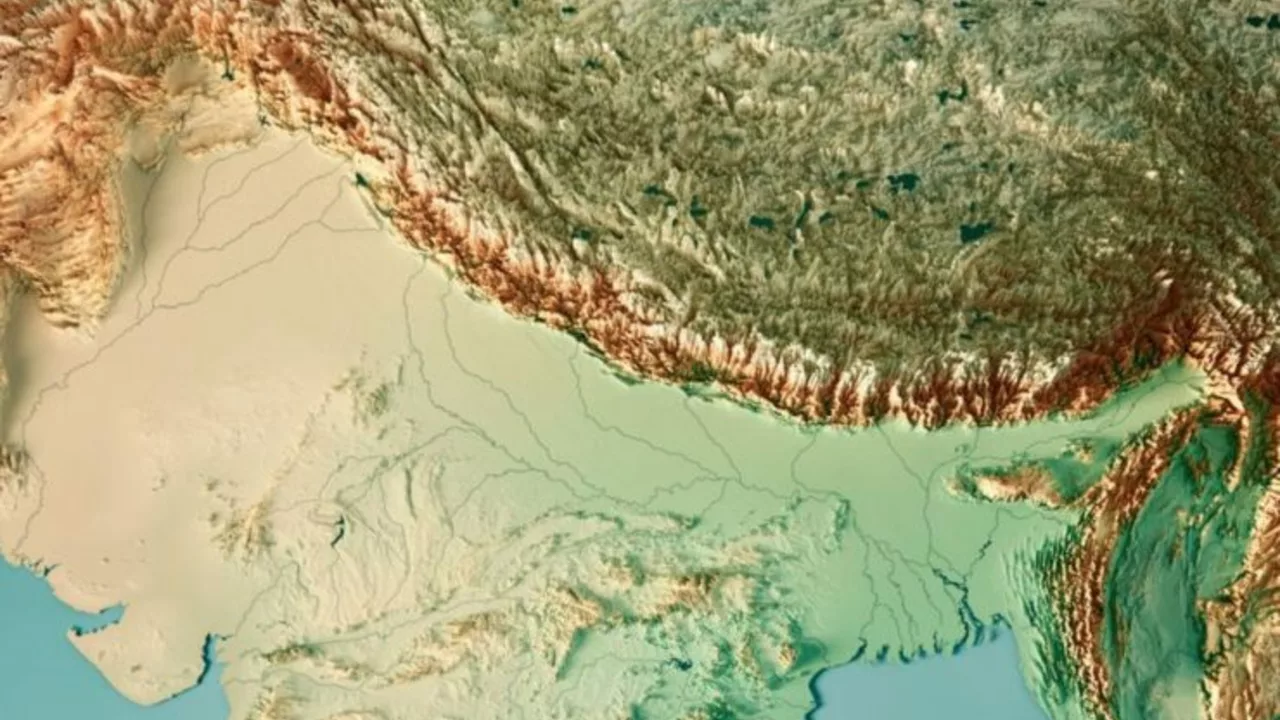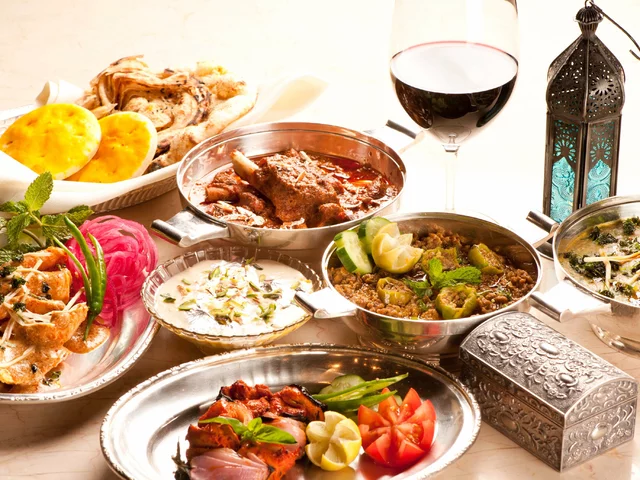History & Culture of India: Quick Facts You Can Use Today
India’s story stretches over thousands of years, and it’s packed with fascinating rulers, art, and everyday customs. Want to know who was in charge when Jesus was alive? Or how ancient festivals still pop up on your calendar? You’re in the right spot – we’ll give you the highlights without the academic fluff.
Rulers During the Time of Jesus Christ
Jesus lived around 4 BCE to 30 CE. While he was teaching in the Middle East, India was ruled by three big powers.
The Maurya Empire, although past its peak, still held influence in the north. Emperor Ashoka, who ruled a century earlier, had already turned Buddhism into a state‑wide movement, and his edicts were still visible on stone pillars.
In the Deccan plateau, the Satavahana Dynasty was busy trading goods like cotton, spices, and precious stones across the Indian Ocean. Their capital cities, such as Pratishthana, were bustling hubs where merchants from Roman Egypt met Indian traders.
Further west, the Kushan Empire was expanding under King Kanishka. The Kushans acted as cultural bridges, pushing Buddhist ideas from India into Central Asia and eventually China. Their coinage even featured Greek‑style portraits, showing how open they were to outside influences.
All three dynasties shared a love for art, stone inscriptions, and religious tolerance – traits that still echo in modern Indian culture.
Everyday Traditions That Endure
Fast forward a few centuries and many of those ancient habits survived. Take the Indian festival of Diwali. Its roots lie in ancient rituals celebrating the victory of light over darkness, a theme that appears in Vedic scriptures and later Hindu stories.
Or consider yoga. The physical postures we see in studios today trace back to early ascetic practices recorded by scholars in the Mauryan period. The breath work and meditation techniques were originally tools for monks to reach higher states of consciousness.
Even food tells a story. The spice routes that the Satavahanas nurtured still feed our plates. Turmeric, cumin, and cardamom travel from the same farms that supplied ancient traders to your kitchen today.
What ties all these pieces together is a mindset of adaptation. Indian societies have always borrowed ideas – from Persian architecture to British legal codes – and blended them with local flavor. That’s why you can find a Mughal‑style palace next to a modern tech park in the same city.
So whether you’re digging into ancient dynastic maps or planning a trip to see a traditional festival, remember that India’s history isn’t a distant museum exhibit. It’s a living, breathing backdrop that shapes everyday life. Keep these quick facts handy, and you’ll spot connections that most visitors miss.

During the timeline of Jesus Christ, India was under the rule of several powerful dynasties. The most prominent were the Maurya Empire, the Satavahana Dynasty, and the Kushan Empire. Emperor Ashoka was a notable ruler of the Maurya Empire, known for his contributions to Buddhism. The Satavahanas were famous for their trade links and cultural contributions, while the Kushan Empire was significant for its role in spreading Buddhism to China. These rulers contributed to shaping India's rich and diverse history.





